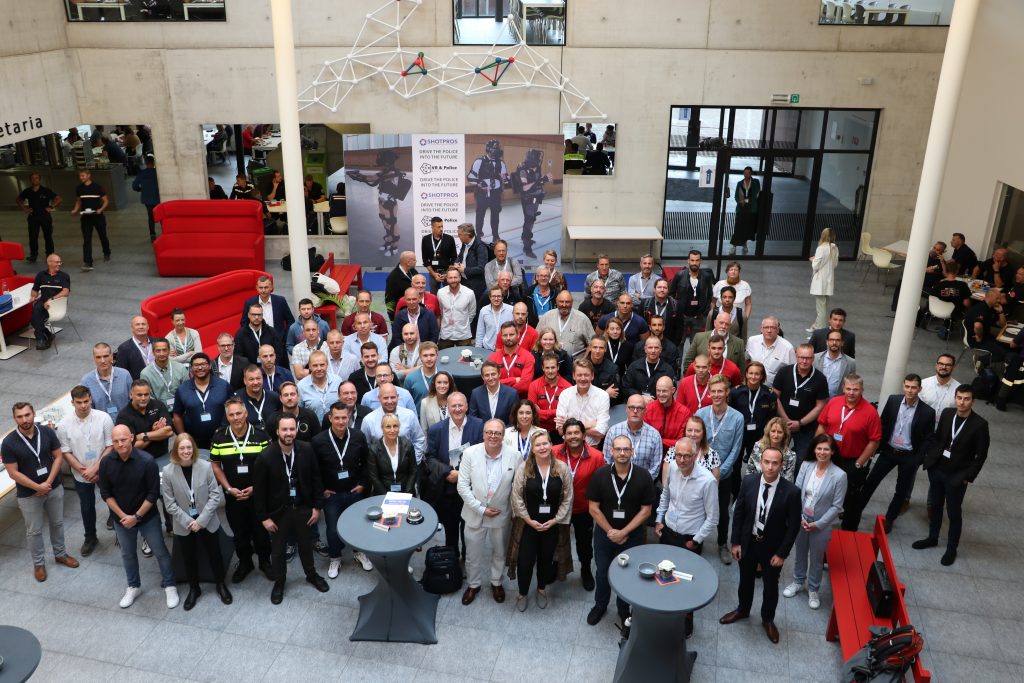Maarten– Antwerp Police (Belgium)
Since 2015, police work forms the ideal context for me to combine personal motivations with playing an important role in our complex society. As Police Inspector and now as Police Commissioner, I find it important to keep a critical view on innovation in the police. Fundamentally any innovation that police would wish to introduce should improve the functioning of police and increase the positive impacts we seek in regards to public safety.
The most important argument to use VR in police training is that you can train whatever, whenever in a safe environment. You can repeat scenarios over and over again and an AAR debriefing allows to confront trainees in a positive and negative way, in a pedagogic way, correcting the action of trainees. In VR you can train for instance actions in the presence of a crying baby which in real life forms practical and ethical objections.
Personally I see two types of VR: a low budget range of VR training solutions (40-50.000€) with limited technical an visual possibilities, without AAR and where very often you need to permanently hold a weapon which makes de-escalation more difficult. In more expensive high end VR solutions, the level of immersion is higher, after action review (AAR) is possible, you can chose to use different weapons or no weapon at all. A minimum social presence can be reached with these high end systems allowing communication with avatars and role players, thus making de-escalation possible.
I am not convinced that investing in VR always saves money, it can though. Conventional training will still be needed (hand cuffing or shooting). VR training can bring additional value if it can be done in a safe way (limiting motion sickness) and if it allows to obtain the goals your LEA has put forward.

